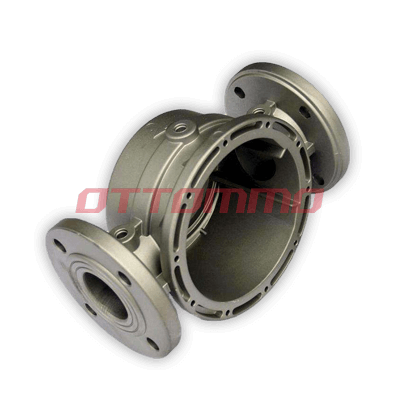Die Casting is an extensively made use of strategy to reasonably create metal parts for a range of applications. The procedure of die Iron Casting has actually been in usage for centuries, however technologies in methods as well as products have actually improved the effectiveness of the process and the top quality of the end product.
Die casting by pouring liquified steel right into a die, additionally referred to as the gravity pressure approach, is a production method that has actually been utilized for hundreds of years. Advancements in the die casting procedure caused an explosion of die casting for many applications in the early 1900's, especially when zinc and light weight aluminum alloys became quicker available.
Die casting by pouring liquified steel right into a die, additionally referred to as the gravity pressure approach, is a production method that has actually been utilized for hundreds of years. Advancements in the die casting procedure caused an explosion of die casting for many applications in the early 1900's, especially when zinc and light weight aluminum alloys became quicker available.

One of the most important advancements in the die casting process was the advancement of the stress shot process. One of the earliest pressure methods was capture die casting, which entailed placing a steel part that had been heated into a mold and mildew and applying stress via utilize. The squeeze die casting method was first made use of for manufacturing axe heads. Nevertheless, this technique was limited to get rid of extremely basic shapes. The technique of infusing molten metal into a mold was patented in the mid-1800's to produce lead printer's kind. Using pressure allowed the molten metal to be pushed into all parts of the mold and mildew, leading to the ability to die casting a lot more complex get rid of a better surface area finish. Due to the fact that pressure injection die-casting fasts, the mold and mildew is completely loaded before any of the steel starts to strengthen, resulting in more dimensionally secure parts.
Early die casting processes utilized lead or tin alloys because they could be conveniently thawed and also dealt with. The melting points of these alloys were low enough to avoid damage to the die. The advancement of even more resilient steel alloys for mold and mildews as well as tooling permitted alloys with higher melting temperature levels to be made use of. During World War I, new zinc as well as light weight aluminum alloys were introduced, and also making use of tin and also lean declined promptly. Magnesium as well as copper alloys likewise entered into use in the initial half of the 20th century, providing makers flexibility in their product and also design choices.
After the innovation of pressure shot die-casting and also the intro of brand-new alloys, the die-casting process stayed relatively continuous for years up until the intro of the computer system to the production industry.
No comments:
Post a Comment